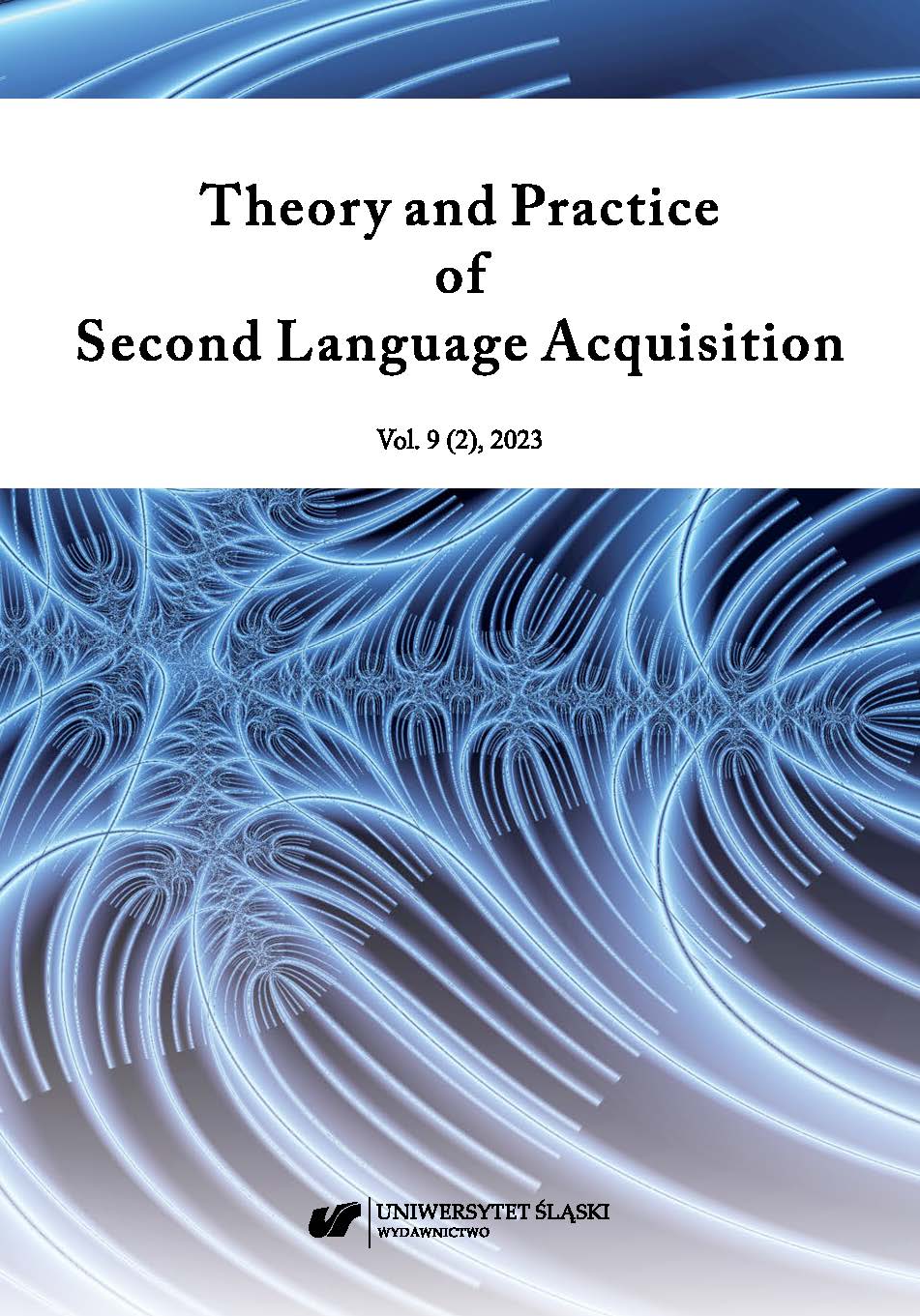Baudson, T. G., & Preckel, F. (2016). Teachers’ conceptions of gifted and average-ability students on achievement-relevant dimensions. Gifted Child Quarterly, 60(3), 212–225.
Google Scholar
Becker, H. S. (1963). Outsiders: Studies in the sociology of deviance. Free Press of Glencoe.
Google Scholar
Bernburg, J. G. (2009). Labeling theory. In M. D. Krohn, N. Hendrix, G. P. Hall, & A. J. Lizotte (Eds.), Handbook in crime and deviance (pp. 187–209). Springer.
Google Scholar
Biesta, G., Priestley, M., & Robinson, S. (2015). The role of beliefs in teacher agency. Teachers and Teaching. Theory and Practice, 21(6), 624–640.
Google Scholar
Browne, K. (2005). An introduction to sociology. (3rd ed.). Polity Press.
Google Scholar
Cooley, C. H. (1902). Human nature and the social order. C. Scribner’s Sons.
Google Scholar
David, M. & Sutton, C. D. (2004). Social research: The basics. SAGE.
Google Scholar
Dumora, B. (2000). Les intentions d’orientation. Aspects développementaux et psychosociaux [Future intentions: Developmental and psycho-social approaches]. HDR; Laboratoire de Psychologie de l’orientation, CNAM, INETOP.
Google Scholar
Guichard, J., & Dumora, B. (2008). A constructivist approach to ethically grounded vocational development interventions for young people. In J. A. Athanasou & R. Van Esbroeck (Eds.), International handbook of career guidance (pp. 187–208). Springer.
Google Scholar
Haralambos, M., & Heald, R. (1985). Sociology: Themes and perspectives. Bell & Hyman.
Google Scholar
Hargreaves, D. H., Hester, S., & Mellor, F. J. (1975). Deviance in classrooms. Routledge and Kegan Paul.
Google Scholar
Lauchlan, F., & Boyle, C. (2020). Labelling and inclusive education. In U. Sharma (Ed.), Oxford Research Encyclopedia of Education. Oxford University Press. Retrieved from: https://oxfordre.com/education/view/10.1093/acrefore/9780190264093.001.0001/acrefore9780190264093-e-1021
Google Scholar
Lemert, E. (1967). Human deviance, social problems and social control. Prentice-Hall.
Google Scholar
Liberman, Z., Woodward, A. L. & Kinzler, K. D. (2017). The origins of social categorisation. Trends in Cognitive Sciences, 21(7), 556–568.
Google Scholar
Matsueda, R. L. (2014). The natural history of labelling theory in Farrington. In P. David & J. Murray (Eds.), Labelling theory: Empirical tests (pp. 13–44). Trans-action Publishers.
Google Scholar
Nomi, T., & Pong, S.-L. (2010). Self-fulfilling prophecy. In G. Ritzer & J. M. Ryan (Eds.), The concise encyclopedia of sociology (p. 531). Wiley-Blackwell.
Google Scholar
Rist, R. (1970). Student social class and teacher expectations: The self-fulfilling prophecy in ghetto education. Harvard Educational Review, 40(3), 411–451.
Google Scholar
Rosenthal, R. & Jacobson, L. (1968). Pygmalion in the classroom. The Urban Review, 3, 16–20.
Google Scholar
Rowe, W.G., & O’Brien, J. (2002). The role of Golem, Pygmalion, and Galatea effects on opportunistic behavior in the classroom. Journal of Management Education, 26(6), 612–628.
Google Scholar
Sampson, R. J., & Laub, J. H. (1993). Crime in the making: Pathways and turning points through life. Harvard University Press.
Google Scholar
Suchacka, J. (2013). Epidemia dysleksji w dużych miastach [An epidemic of dyslexia in big cities]. Wyborcza.pl, 25 April. Retrieved from: https://wyborcza.pl/7,75398,13801495,epidemiadysleksji-w-duzych-miastach.html
Google Scholar
Thompson, K. (2017). Teacher labelling and the self-fulfilling prophecy. ReviseSociology, November 1. Retrieved from: https://revisesociology.com/2017/11/01/labelling-self-fulfilling-prophecy-education/
Google Scholar
Triplett, R. A., & Jarjoura, G. R. (1994). Theoretical and empirical specification of a model of informal labeling. Journal of Quantitative Criminology, 10, 241–276.
Google Scholar
van Lier, L. (2004). The ecology and semiotics of language learning. Kluwer Academic Publishers.
Google Scholar


 https://doi.org/10.31261/TAPSLA.12573
https://doi.org/10.31261/TAPSLA.12573

 10.31261/tapsla
10.31261/tapsla